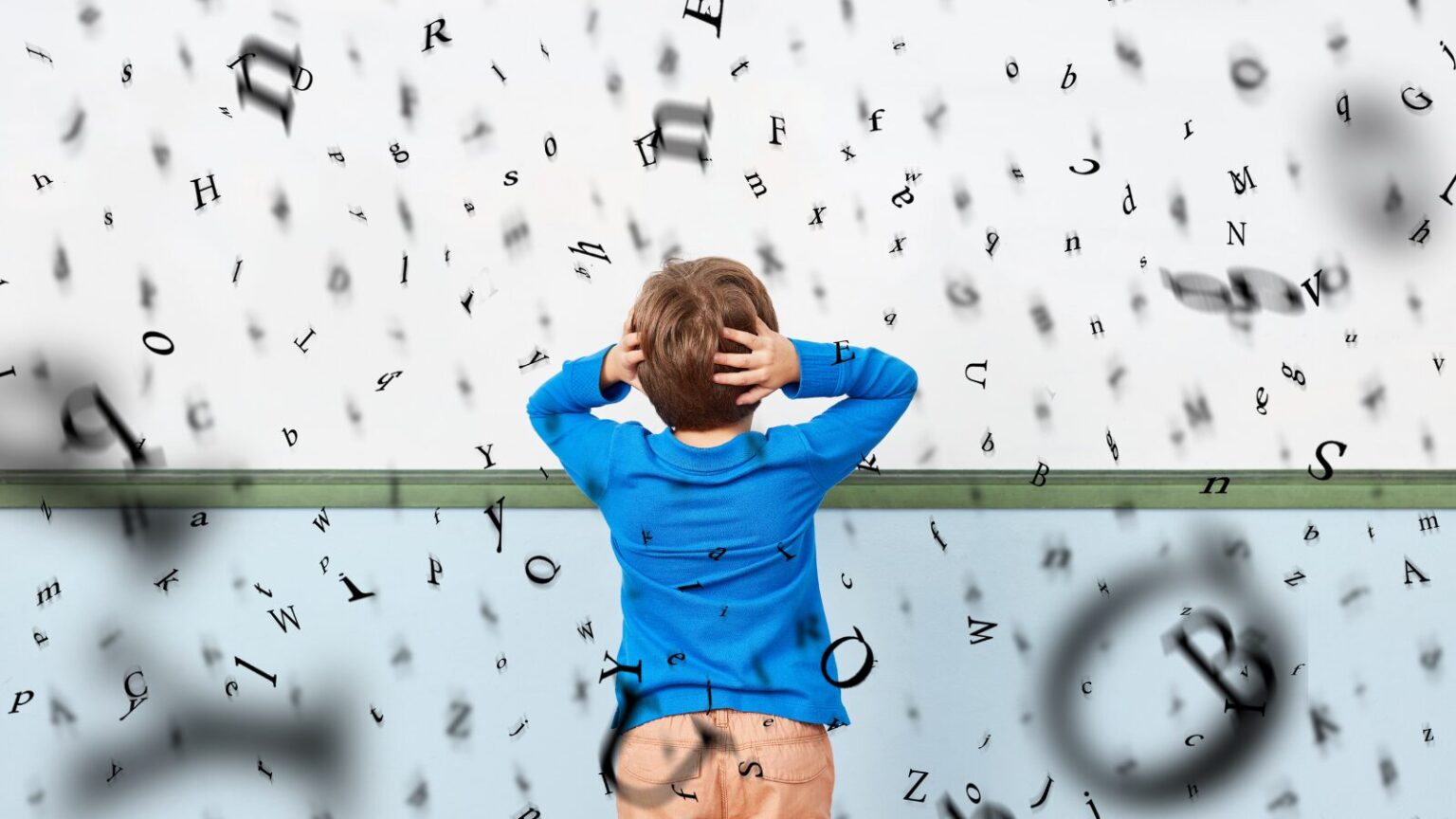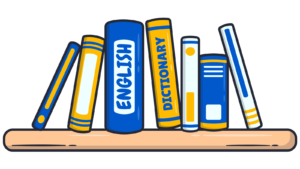ESL and Dyslexia – Some Techniques to Help Learners
Sometimes you, as a teacher, know about them right away, as they will come into your classroom with an Educational Psychologist report in their hands ready to hand it over to you. Sometimes you will not know at all, as they do not want to have their difficulties known; they feel ashamed, they feel inferior; they have been called stupid or lazy before. Sometimes you will only have suspicions. However, the dyslexic student will sooner or later be part of your classroom community.
They will sometimes struggle and choose to be the “clown” of the classroom in order to distract those that might realise they’re struggling, or other times they will struggle and work so hard to overcome their barriers that you will hardly notice they are dyslexic. Or sometimes they will simply be honest with you and explain that learning English as a foreign language takes a colossal effort and they would appreciate it if you could be patient and nurture them through the whole process.
Techniques To Help EFL Dyslexic Students
Learning a second (third, fourth…) language takes a lot of effort by anyone. If a dyslexic student is studying a new language, the effort might seem much greater. Firstly, there is the fact that they might get easily distracted by their peers or by sounds coming from outside (or inside) their classroom. This is the reason why “overlearning” is very important: repeating concepts, grammatical explanations, vocabulary and pretty much everything will certainly help students with learning difficulties to acquire and master their knowledge of the language.
Overlearning
is the pedagogical theory that practising newly acquired skills over and over again leads to automaticity. It is important to remember that dyslexia is a much more complex difficulty than just problems with spelling. For more information, please visit the British Dyslexia Association or Dyslexia Action () websites.
Mnemonics:
a technique which helps students memorise the spelling of tricky words by making it funny or memorable e.g. because (B-big E-elephants C-can’t A-always U-use S-small E-exits)
Words within words:
another technique which helps students memorise spellings (e.g. There’s “a rat” in sepARATe) – if you’re the artistic type of teacher you can even draw funny pictures on the board. (I couldn’t draw to save my life!)
Fun:
Make learning fun whenever possible – this will make it memorable, students are more likely to remember a word or topic if they have had a good laugh in the classroom. Many dyslexic students have short-term memory issues.
Multi-sensory:
use the multi-sensory approach – make students stand up and move around, make them use gestures as opposed to just sit down listening to the teacher all lesson. Use music, games, videos.
Mind-maps:
when preparing students to write an essay, give them time to think and come up with vocabulary that might help them with the writing process. This could also help with word retrieval problems as they will have something to refer to when writing their essays.
Thinking time:
dyslexic students (well, every student!!) will need time to think before they answer a question. Teachers are generally too frightened of silence. Don’t be! Just give them time… count to five or ten in your head after asking a question. Let students formulate their answers in their minds before speaking. Remember, learning a language takes time!
Group work/Pair work:
Some people might prefer to work on their own but collaboration amongst students is a great way to expand their vocabulary, to use language they have learnt, to interact with each other, to test out new grammar… the benefits are countless. In the case of dyslexic students who might be too shy to put their hand up in front of a whole class thinking they might be labelled as stupid, smaller groups or pairs might give them the encouragement to ask peers doubts they might have or simply practise the language.
Story boards:
get students to create a story board (in small groups or individually) before they start the actual writing process. This will help dyslexic students organise their text before they write it. Some dyslexic students can get quite mixed up with time and ordering events; story boards will help them follow the chronological order of actions they have created for their stories.
Things to avoid
Over correction:
try and focus on a particular grammatical topic or specific words when marking work. There is nothing more disheartening than receiving your work with red scribbles all over it!
Long instructions:
avoid beating around the bush whilst giving instructions or number them on the board.
Labelling students lazy:
many dyslexic students end up being labelled lazy. The amount of effort they might need to make to overcome their learning barriers/difficulties will make them tired but believe me, most of the time, they are trying really hard!
These lists are far from exhaustive; they are just some food for thought.
Visual Stress (also known as Irlen’s Syndrome)
Be aware that many dyslexic students might have visual stress. This means that they might struggle when copying off the board, they might struggle when letters and words seem to dance around the pages of the books when they are trying to read. If using a PowerPoint presentation, avoid white background and black print. This can cause glare and sensitive students might get headaches or eye strain. Also, choose simple (sans serif) fonts and use bigger font sizes, so they can see clearly from a distance.
The most interesting fact about all of these techniques mentioned above is that they will make your lessons not only “dyslexia-friendly”, but also “learner-friendly”. Everyone will benefit from them!
How about you? How do you make your lessons dyslexia-friendly?
Share your strategies/techniques with us!
For more information on Dyslexia:
Holloway, D. 2004. Hidden Disabilities. Connect Publications
Dyslexia Action ()







